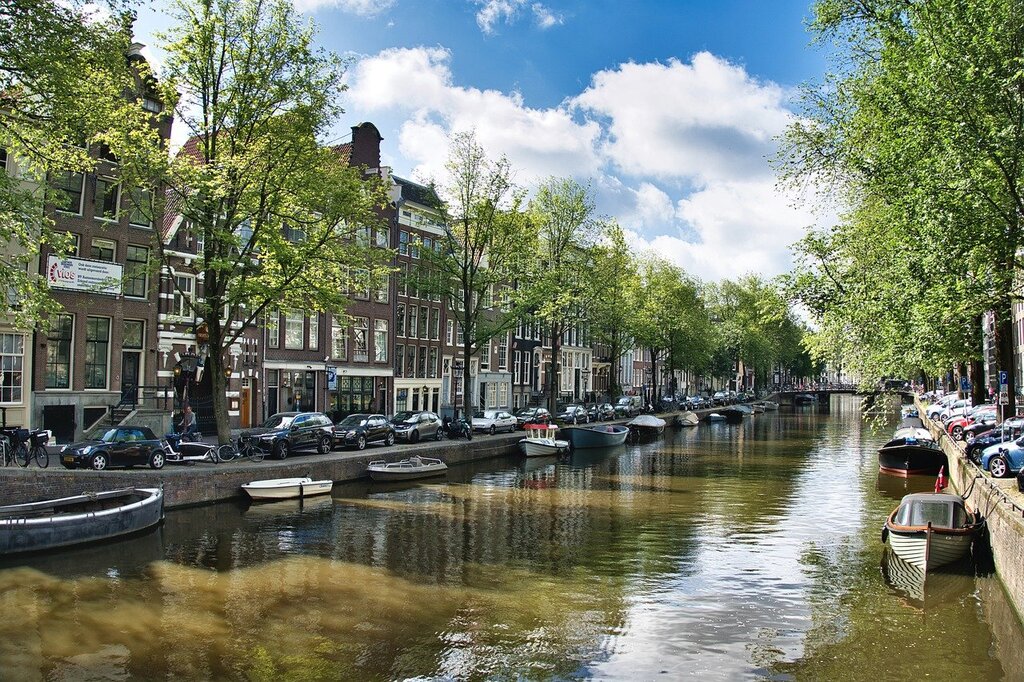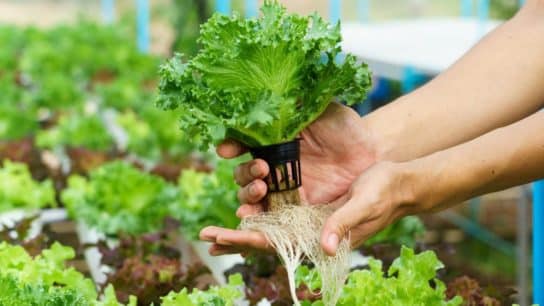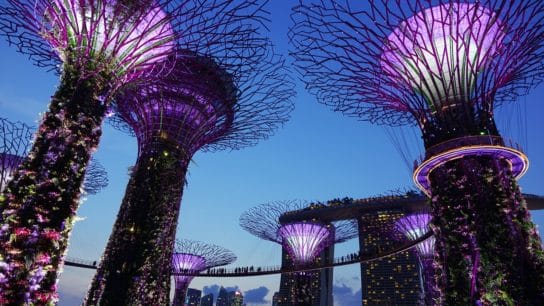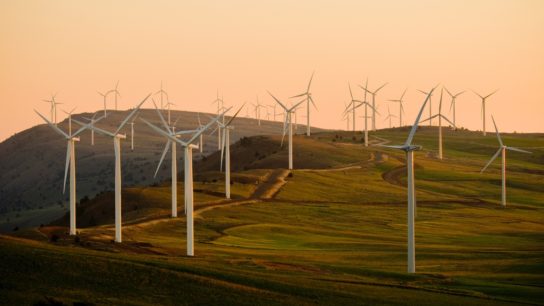Globally, increasingly more people are moving into urban environments, and cities have begun to adopt and implement sustainable initiatives to reduce its carbon footprint and energy consumption. But it is also crucial for these sustainable city programmes and urban development to consider the importance of bodies of water and blue spaces, and the wide ranges of services that they offer.
—
What are Water Bodies?
Blue space, also referred to as a water body, is an urban design term for visible water including waterfront parks, harbours, ports, marinas, rivers, open air streams, canals, lakes, ponds and fountains. Generally, blue spaces are any outdoor environments – either natural or manmade – that greatly feature water and in which people have free access to.
Importance of Bodies of Water
Biodiversity represents a key point that underpins the ecosystem’s functions and processes that provide humans with necessary goods and services. Aquatic biodiversity can be defined as the variety of life and the ecosystems that make up the freshwater, tidal, and marine regions of the world, as well as all their interactions. The biodiversity of water bodies provides a number of services that affect human health and well-being directly and indirectly. For humans, aquatic ecosystems represent a source of water, food, materials as well as a room for recreation, commercial fishing, and tourism. Another huge importance of water bodies comes with the aquatic plants and animals and their ecological functions for our survival. Each day, aquatic organisms (bacteria and fungi) continually break down harmful toxins and nutrients that we flush into our sewage systems or discard directly into our rivers and streams. Some of the other very important benefits of blue spaces include flood prevention, trapping sediments and contaminants, retaining nutrients and maintaining biodiversity, which supports the ecosystem functions. A water body also represents a buffer for new diseases, it creates job opportunities in places rich in tourism and provides a source for medicine.
The importance of bodies of water cannot be overstated and are part of our lives in many forms. Nowadays, when the world needs a solution to tackle climate change and food shortages, water bodies can be a part of that solution. Today, 75% of humanities’ food is generated from only 12 plants and five animal species, which makes the food system less resilient to diseases, pests, and climate change. “Aquatic foods seem to be a unique win-win,” said Christopher Golden, an assistant professor of nutrition and planetary health. “They have very high nutrient richness and also can be produced with relatively low environmental impacts in comparison to terrestrial meats.”
Moreover, many new researches can confirm that being surrounded by nature reduces stress levels and improves one’s mood and general mental health. Dr Mathew White, an environmental psychologist and a senior lecturer at the University of Exeter, conducted research about health and wellbeing benefits of blue spaces in 18 countries (mostly European) in his study. He explains three main reasons as to why the presence of water plays an important role in humans’ health, well-being, and happiness.
Firstly, blue spaces are linked with less polluted air, which affects our health, and more sunlight which provides vitamin D. Secondly, the presence of the water body close to peoples’ houses encourages them to be more physically active – water sports, walking, and cycling. Thirdly, as Dr White says, water has a psychologically restorative effect. It induces a positive mood and reduces stress with even a higher effect than green spaces do.
The Potential of Many Water Bodies is Often Neglected
Historically, water bodies, especially rivers, have played a very important role in transportation. Many countries created canals to join important rivers, lakes, and oceans. As a sample, the most important canal in the US was built in 1825. The Erie Canal was 363 miles long, linking Lake Erie to the Hudson River and the Atlantic Ocean.
Nowadays in most cities, access to water spaces is often the biggest problem. In many UK cities there is still an immense network of these canals, but just a few of them are in use. For example, the second largest city in the UK, Birmingham, accommodates more canals than Venice. But unfortunately, the access to them is blocked by tall buildings and their fences which lowers the potential of the water space to the minimum. Often they even cause a problem to the environment, creating the perfect conditions for plastic litter pollution and hence water eutrophication, reduced biodiversity, and causing harm to wildlife.
Especially in the UK, there have been numerous projects trying to regenerate canal networks to improve the local economy by creating valuable real estate. These canals are also beginning to be used as a greener transport option, and this win-win-win combination unites environmental, economic, and health benefits into one.
You might also like: How Water Conflicts as a Result of Climate Change Will Shape Our World
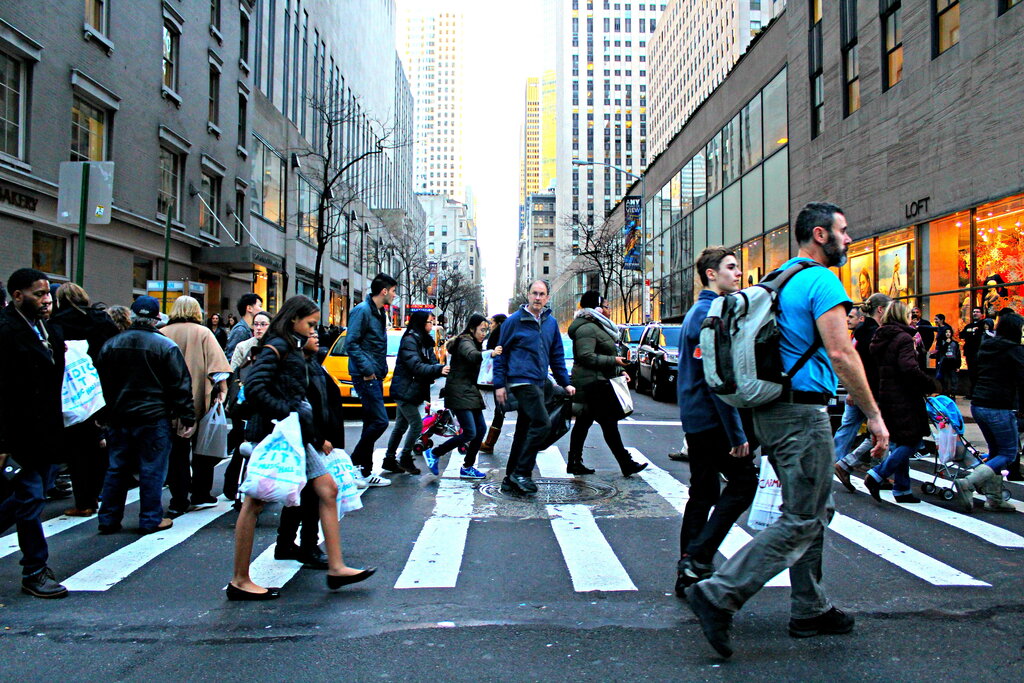
Increasing Urbanisation and Its Effect on Water
On October 31, the UN celebrates Cities Day to promote the interest in global urbanisation. Globally, more people live in urban areas than in rural areas, with 55 % of the world’s population residing in urban areas in 2018. In 1950, about 70% of the world’s population lived in rural settlements. By 2007, the year saw, for the first time in history, global urban populations exceeding global rural populations, and the amount of people living or moving to the cities has continued to grow at an even more rapid speed. It is projected that by 2050, the world will be more than two thirds urban (68%), roughly the reverse of the global rural-urban population distribution of the mid-twentieth century.
Moving to the cities can be for various reasons. Either there are better job opportunities, a pursuant for education, or simply a preference for a technologically advanced lifestyle. For many living in rural regions, it can represent a life coupled with hardships and that of reduced opportunities for a diverse social life.
Yet urbanisation has been necessary for the development of the world economy. In most parts of the world however, it has had a very unfavourable effect on environmental sustainability and surface water. Building up cities linked with higher water usage and increasing impervious layers result in the declination of water. Every day, cities across the world move 504 billion litres of water across 27,000km to hydrate their populations and industries. According to new World Resources Institute data, 17 countries around the world are currently under extremely high water stress, meaning they are using almost all the water they have.
Growing demand for the developments of cities causes the degradation of the environmental conditions. People living in urbanised areas of developing countries are also more vulnerable to obesity due to lack of physical spaces, continually sitting in workplaces, and excessive energy intake and low energy expenditure. In these areas, infrastructure is often lacking, including sufficient space for recreational activities.
Building Sustainable Cities with Blue Spaces is a Must
Increasingly more research on urban freshwater recognises importance of bodies of water, and the role they have in protecting health and supporting well-being by minimising traffic noise, making summertime temperatures more favourable, and providing high levels of restorativeness. Its very presence also allows for routes and spaces for physical activities, recreation, and socialising.
The UN Sustainable Development Goal 11 defines sustainable cities as those that are dedicated to achieving green sustainability, social sustainability, and economic sustainability. Nowadays, when cities are built, every planning decision should include an economic and ecological element. One of the ecological elements in creating a sustainable community is represented by having a water body. Water resources and also water services which would be able to satisfy the changing demands placed on them, now and later, without ecosystem degradation.
Urbanisation and the demographic movement, especially in developing countries is already causing natural resources difficulties and it is our main responsibility to protect the environment and allow for the generations that follow an environment to satisfy their needs and to enjoy the beauty of nature as well. Failure to address the current unsustainable use of water now will mean greater struggles in the future to achieve goals in a myriad of other areas. Water development and management should be based on a participatory approach, involving users, planners and policy-makers at all levels. The benefits of sustainable urbanisation have to be fully shared and inclusive. Policies which are responsible for managing urban growth have to make sure everyone has access to infrastructures, social services, and natural riches which blue spaces are part of.
Blue spaces are not just natural areas but they also represent significant growth and development in terms of social, economic, and environmental. They need careful spatial planning and they need to be treated as properties and assets to the local governments and communities. It is within our grasp to create a reality where more and more people would be given the opportunity to enjoy the countless benefits of water bodies while living in a city.
Featured image by: Pixabay




